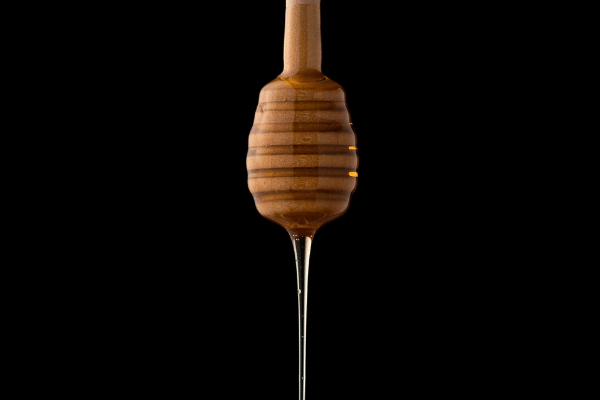Rheology studies the deformation and flow of matter. It is a science of great importance in industry, since it is closely related to the structure and behavior of materials. In this post, we explain what rheology is and what the rheological properties of materials consist of.
What is rheology?
Rheology is the branch of physics that studies how materials deform or flow in response to applied forces or stresses. The properties of materials that govern the specific way in which these deformation or flow behaviors occur are called rheological properties.
In this sense, flowing can be defined as continuous deformation over time. The ability to flow is not only present in gases and liquids, but also in solids to a greater or lesser degree. In fact, we all know examples of solids that are able to deform continuously over time (flow), such as the asphalt of a road after prolonged use.
Rheological characterization of materials, by means of rheological testing, provides a general idea about the viscoelastic flow behavior of the system and, since rheological responses are closely related to the final structures of the composite, it is a vitally important topic when it comes to establishing the characteristics of new developments and improving innovation in materials.
Rheological properties and their usefulness
The most common rheological properties are yield stress, relaxation times, viscosity and compliance.
Rheological properties study the behavior of fluids under mechanical loading. The solid structure, having a defined shape, deforms and stresses when subjected to a load. On the contrary, the liquid structure, not having a defined shape, when subjected to a load does not deform or stress, but changes the position of the atoms. This change is known as creep.
There are numerous types of stresses that can be applied to materials (e.g. torsional or shear) and substances can also withstand varying degrees of stress.
The property of rheology is viscosity, which is defined as the measure of the resistance of a fluid to gradual deformation by shear or tension. In other words, viscosity describes the resistance of a fluid to flow.
Creep tests are also performed to determine the resistance of a material to flow under gravity. A very sensitive test in which a small force is applied and it is studied how the material will withstand the gravitational force. When the resulting movement (deformation) is small, the material is likely to be stable.
The estimation of rheological characteristics is relevant for all types of substances. Specialized research laboratories, such as those at Infinitia, test the rheological properties of materials using a wide range of shear and stress conditions. Rheological characterization of materials ranges from liquids, adhesives, dilute solutions, such as surfactants and polymers, to creams, pastes and solid polymers, and is even related to the approach to protein formulations.
Understanding the rheological (flow) properties of a polymer helps to obtain optimized material properties during the molding process. Rheological testing can determine if materials are processed correctly with minimal product degradation. Rheological tests to measure the viscosity of a polymer range from single-point tests to variable shear rate tests.
The data provided by these tests can be used for many purposes including: quality assurance, product development and to better understand material performance. In addition, rheological testing can determine if materials are processed correctly with minimal product degradation or to understand flow properties that are critical in the QC molding application.
Types of materials subjected to rheological testing
The rheological properties of a wide range of materials can be studied. Fluid rheological tests are performed while the polymer is in the melt phase or while the polymer has dissolved in a solvent for intrinsic viscosity and relative viscosity. Some of the fluids that can be tested include:
- Oils
- Dispersions
- Emulsions
- Solutions
- Slurries
- Resins
- Lotions
- Polymer melts
- Greases
As mentioned before, not only fluids can undergo rheological tests, but we can also establish the rheological properties of solids, for example:
- Polymer plates
- Elastomers
- Rubbers
- Fibers
- Films
- Compounds
- Thermoplastics
- Thermosets
- Molded articles
- Adhesives
Rheological testing can measure the viscosity of a polymer, from single point tests to variable shear rate tests.
There are a variety of techniques for measuring the rheological properties of materials. Some are specifically applicable to colloidal systems, such as sols and emulsions. Sols are solid-in-liquid systems used in paints and coatings, food and beverages such as studying the quality of a processed food, pharmaceutical formulations, cosmetics and personal care. Emulsions are liquid-in-liquid systems typically used in paints and coatings, adhesives, food, cosmetics, personal care, agrochemicals and pharmaceutical formulations. Even standard non-colloidal systems such as large particle dispersions, cement and ceramics and minerals can also be evaluated.
We can conclude that in order to know how a material will behave, it is necessary to know and establish its rheological properties. Each test focuses on analyzing ways to improve the stability of the sample and thus improve the material. Contact our experts to analyze the rheological properties of your materials and create a product with improved performance.

